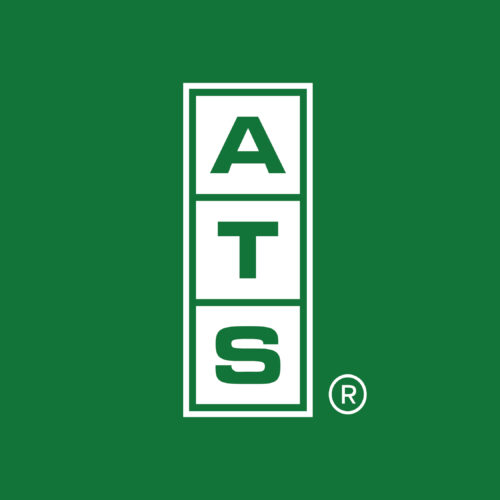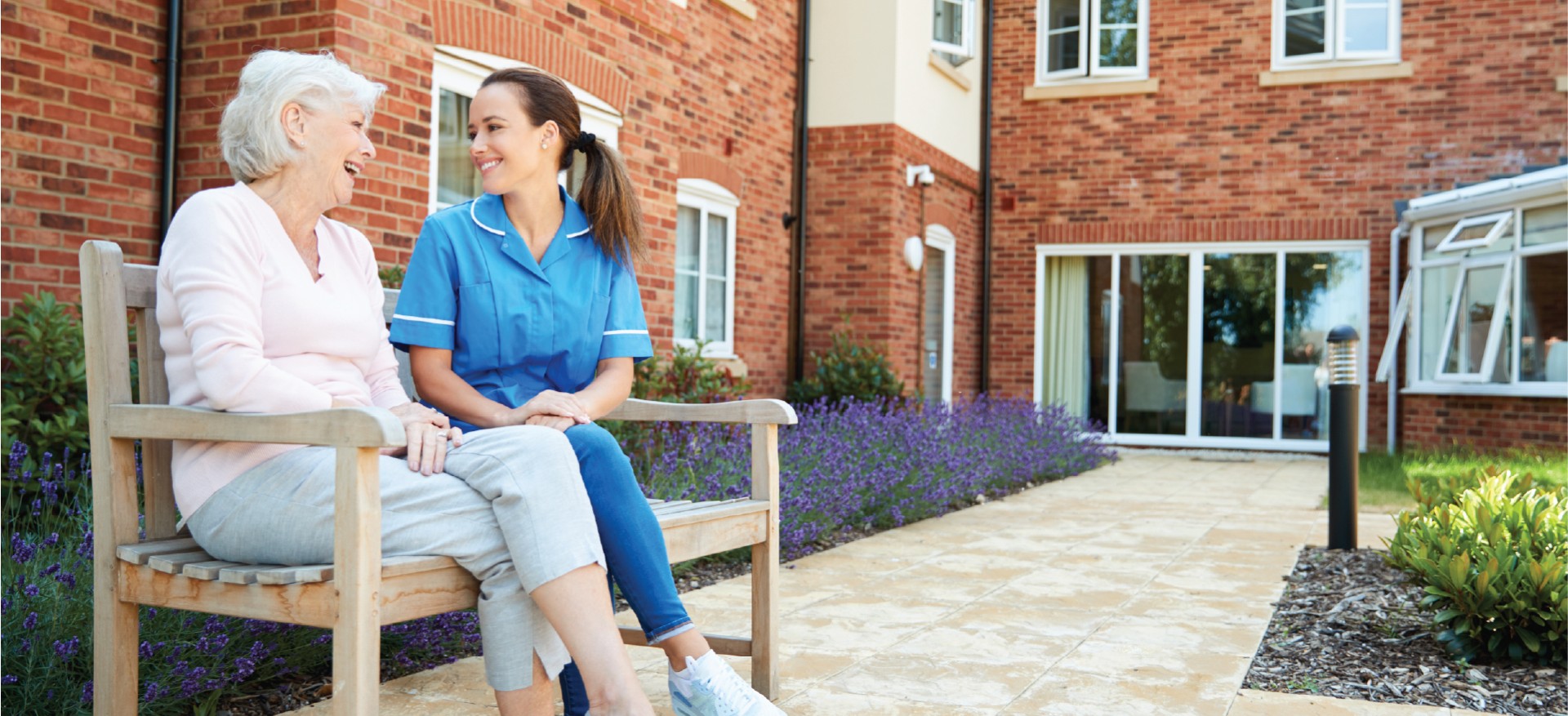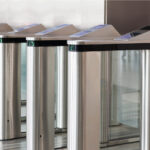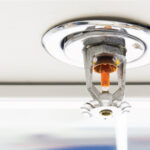As concerns about resident safety grow, surveillance in assisted living facilities has become more critical than ever. Facility managers across Tampa, Pinellas County, and Lakeland are navigating new challenges—from rising expectations by residents’ families to increasing risks of liability, theft, or even elder abuse. In a setting where safety, dignity, and trust must be upheld at every level, enhanced surveillance systems for in assisted living communities are no longer a luxury. They’re a frontline necessity.
For communities tasked with the care of our most vulnerable populations, security is both a promise and a responsibility. Whether you’re managing a long-established assisted living facility in Clearwater or a new residence in Lakeland, understanding modern surveillance tools can help you not only meet your safety goals but exceed them—creating peace of mind for families, staff, and most importantly, residents.
This blog is designed to walk you through the evolving role of surveillance in assisted living settings, local considerations for Florida-based facilities, and how to choose the right solution for your campus. We’ll also address compliance and HIPAA concerns, share best practices, and explain how your investment can yield long-term benefits for your team and bottom line.
Why Assisted Living Surveillance Is Evolving Fast
What worked 10 years ago in assisted living surveillance and security simply doesn’t cut it today. Here’s why:
- Higher Standards from Families: In today’s world, family members are more involved than ever in evaluating the safety of care environments. Many now expect secure entry points, visible cameras, and access to incident reports.
- Post-COVID Facility Layouts: Many facilities restructured during the pandemic, creating more private rooms and decentralized common areas. While beneficial for health reasons, this reduces line-of-sight monitoring and increases demand for video coverage.
- Employee Shortages: With staff stretched thin across multiple residents, video surveillance can serve as an extra set of eyes—reducing response times and providing documentation when incidents occur.
- Increased Legal and Insurance Pressures: From slip-and-fall accidents to claims of misconduct, having video footage can be your strongest asset in protecting your organization from liability.
Facilities in Pinellas County and Tampa are especially exposed to public scrutiny due to local media attention on senior care, making proactive investment in surveillance even more essential.
What Facility Managers Are Prioritizing in Assisted Living Surveillance in 2025
Based on industry trends and feedback from Florida-based care managers, here’s what modern facilities are putting first:
- Comprehensive Coverage: Not just entryways and lobbies—they want full perimeter surveillance, coverage in common areas, and eyes on emergency exits.
- Smart Access Control: Integrating camera feeds with keycard or biometric access systems to monitor who comes and goes in real time.
- Live + Recorded Monitoring: The ability to watch incidents as they happen and also review footage days or weeks later.
- HIPAA-Compliant Configurations: Ensuring cameras are placed legally and footage is encrypted and stored properly.
- Integrations with Nurse Call and Alert Systems: Unified dashboards allow for faster responses to emergencies and better team coordination.
Surveillance Options That Work for Assisted Living
If you’re considering a system upgrade, understanding your options is key. Here are some top choices for long-term care facilities in Tampa Bay:
- IP Cameras vs. Analog: IP (Internet Protocol) cameras offer clearer image quality, better zoom, remote access, and smart features like facial recognition. Analog may cost less upfront but offers fewer capabilities long-term.
- AI-Enabled Cameras: These smart systems can detect unusual activity—like falls, loitering, or aggression—and alert staff immediately.
- Cloud vs. On-Premise Storage: Cloud systems allow easier access and backup redundancy but require strong internet infrastructure. On-premise may offer more control but can be vulnerable to local disasters.
- Mobile Access and Central Dashboards: For multisite operators across Pinellas, Tampa, and Lakeland, centralized access to all locations simplifies monitoring.
- Event-Triggered Alerts: Whether it’s motion after hours or someone entering a restricted area, today’s systems can send alerts directly to a phone or tablet.
Assisted Living Surveillance: Considerations in Tampa, Pinellas, and Lakeland
Each locality has its own demands when it comes to designing and installing an effective surveillance system.
- Weatherproofing: Tampa Bay’s climate brings intense heat, heavy rain, and high humidity. Be sure your cameras are built for the environment.
- Salt Air Concerns: Coastal facilities in Clearwater or St. Pete Beach need corrosion-resistant equipment.
- Urban vs. Suburban Layouts: Lakeland may require more perimeter security due to open layouts, while urban properties might benefit more from interior hallway and elevator coverage.
- Crime Trends: While elder abuse and theft are rare, they do happen—especially when access controls are weak or monitoring is inconsistent.
- Local Permits and Codes: Cities across Florida have different codes related to surveillance placement. Work with vendors who understand regional requirements.
Compliance 101: Privacy, HIPAA, and Resident Rights
The line between surveillance and privacy can be thin, especially in healthcare settings. That’s why it’s important to keep the following in mind:
- HIPAA Compliance: Any footage that includes resident health interactions must be stored securely and accessed only by authorized personnel.
- Where Cameras Belong: Common areas, hallways, entrances, and exits are fair game. Bathrooms and private rooms typically are not.
- Clear Consent Policies: Signage and resident/family agreements go a long way in building trust and avoiding confusion.
- Retention Periods: Depending on state regulations and your internal policy, you’ll need to decide how long footage is stored and how it’s disposed of.
The Business Case for Assisted Living Surveillance
Let’s talk dollars and sense. Here’s how enhanced surveillance can pay for itself:
- Fewer Lawsuits: Footage can verify staff behavior and defuse false claims.
- Stronger Staff Retention: Team members feel safer and more supported when they know help is just a button away.
- Improved Family Satisfaction: Video evidence of care quality can boost trust and referrals.
- Insurance Discounts: Some carriers may lower premiums if facilities are equipped with proactive safety tools.
- Faster Emergency Response: Surveillance integrated with alert systems reduces downtime and improves outcomes.
Smart Implementation for Assisted Living Security
If you’re in Tampa, Pinellas County, or Lakeland and ready to improve your assisted living facility’s security, follow these steps:
- Conduct a Security Assessment: Many vendors offer free or low-cost evaluations tailored to elder care.
- Involve Your Team: Ask nurses, maintenance, and administrative staff where they see blind spots.
- Set Realistic Phases: Not every facility can install 40 cameras overnight. Start with high-risk areas and expand.
- Train & Document: Make sure your team understands how to use the system and report incidents properly.
- Review Annually: Technology evolves quickly. Reassess your system each year to ensure you’re still getting value.
Assisted Living Surveillance Isn’t Optional Anymore
Surveillance is no longer a nice-to-have feature in assisted living facilities—it’s a must-have layer of protection that supports care, compliance, and confidence. Whether your location is in the heart of Tampa, the coastal towns of Pinellas, or growing areas like Lakeland, upgrading your surveillance system is a strategic move for the future.
Want to learn more about how to upgrade your current system? Contact our team for a tailored consultation designed specifically for assisted living communities in Florida. Let’s protect what matters—together.













